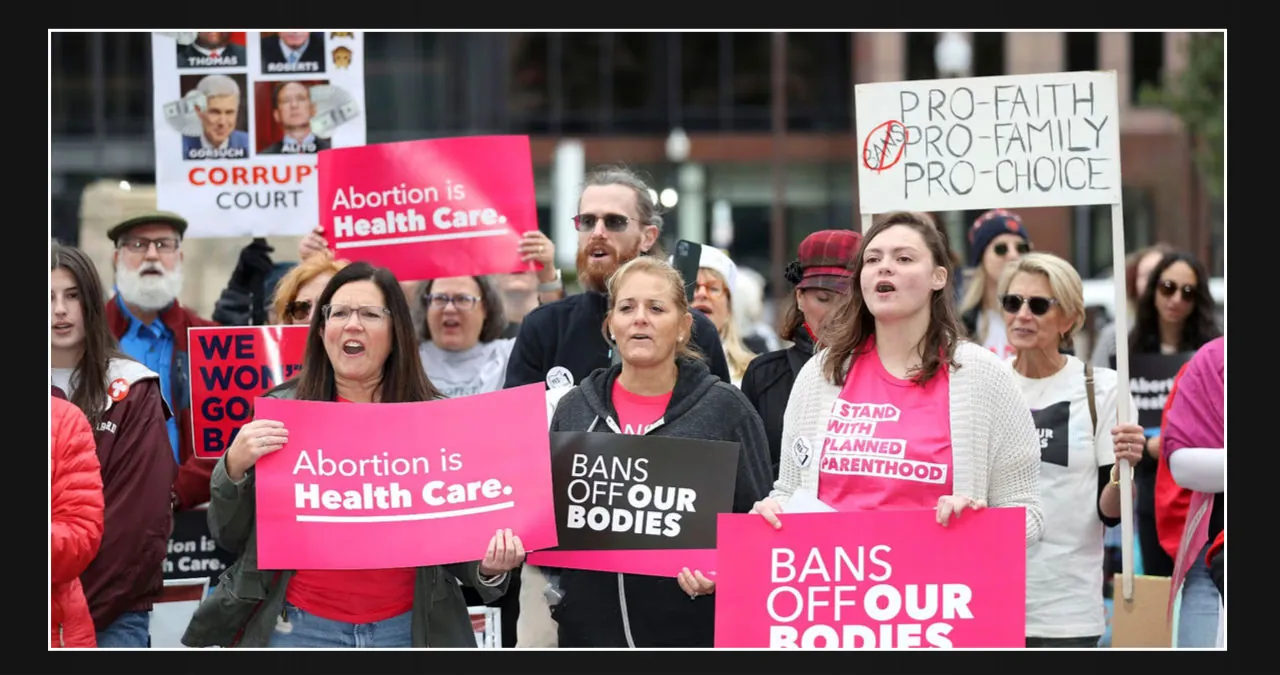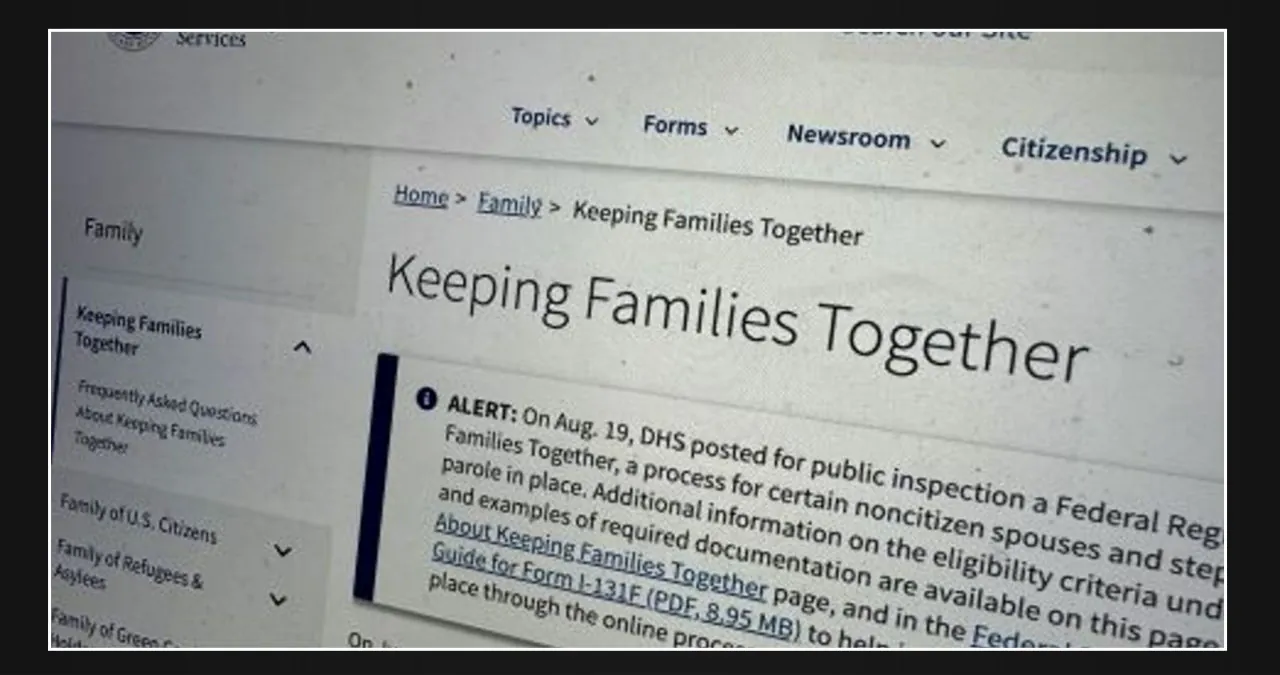In 2023, Ohio stood out as the sole state where a ballot initiative aimed at safeguarding abortion rights took place. As we enter the fall season, advocates for abortion rights in nine other states are seeking to replicate the achievements of their counterparts in Ohio by proposing similar measures.
After the U.S. Supreme Court overturned Roe v. Wade in 2022, the issue of abortion access was returned to the states. This decision sparked a wave of questions regarding abortion rights that began to appear on ballots.
In 2023, a constitutional amendment was passed in Ohio with a 57% majority, safeguarding the right to access abortion in the state. This follows a similar decision made by Michigan voters in 2022. These two states are part of a group of seven states that have shown support for abortion rights since the landmark case of Roe v. Wade was overturned.
Abortion access will be a major issue in several states this fall, including red, blue, and purple ones. Montana recently joined the list of states that will have the issue on their ballot.
Kellie Copeland, the executive director of Abortion Forward (formerly known as Pro-Choice Ohio), emphasized the significance of basic human freedom in relation to the ongoing abortion debate. She highlighted that Americans, irrespective of their state of residence, deeply value their fundamental rights and strive for reproductive freedom. Copeland further expressed that individuals recognize the critical role of abortion care and believe that there is a potential for success in safeguarding these rights regardless of geographical location.
According to her, she has been in contact with other advocates of abortion rights in states that are currently attempting to replicate the success seen in Ohio in 2023. She believes that more states will follow Ohio’s example in the upcoming fall and take steps to safeguard access to abortion through the voting process.
“It’s not just about politics,” Copeland emphasized. “We strive to provide them with hope, encouragement, and love because we understand the immense challenges they face, and we recognize the importance of their actions.”
She encourages advocates in other states who reach out to her to stay the course, offering them the best advice she can.
“Speak sincerely and openly to voters,” urged Copeland. “There’s no need to feel ashamed when discussing abortion, as it is a deeply personal and crucial issue. When advising our colleagues in different states, we remind them that they are on the right side morally. They are representing the will of the people. We encourage them to keep engaging in conversations with voters and to debunk any false information spread by their opponents.”
According to Copeland, abortion rights groups in Ohio are shifting their attention to the Ohio Supreme Court this year. The court has three seats up for grabs, as well as partisan control of the bench.
Copeland expressed concern about the potential disregard of the reproductive freedom amendment by the court if they do not have a majority on the State Supreme Court.
The passage of Issue 1 in November did not automatically overturn Ohio’s abortion laws. These laws will need to be invalidated by the court or repealed by the legislature. A ruling from a Hamilton County Common Pleas Court judge is anticipated soon regarding Ohio’s six-week abortion ban, also referred to as the Heartbeat Law. If struck down, this would mark the first significant law to be declared unconstitutional since last November.






